Myopia, or nearsightedness, is a common vision condition in which your eye doesn’t work correctly – near objects look clear, but distant objects are blurry. It happens when light focuses in front of the retina (nerve tissue on the back of the eye) rather than directly on its surface, as it should.
It can happen if your eyeball is too long or if there is a problem with the shape of the lens or cornea (the transparent layer in front of the eye).
Myopia is especially noticeable when driving a car, recognizing faces from a distance, reading from a blackboard and projector, or playing sports.
Glasses, contact lenses, or surgery can easily correct nearsightedness. However, those methods only correct vision and don’t prevent its progression.

Myopia is the most common visual condition. According to studies, up to 42% of adults![]() in the United States are affected by nearsightedness. During the COVID-19 pandemic, the prevalence of myopia increased in children by over 10%. Also, the progression of nearsightedness
in the United States are affected by nearsightedness. During the COVID-19 pandemic, the prevalence of myopia increased in children by over 10%. Also, the progression of nearsightedness![]() increased significantly during that time. Experts associate these changes with decreased outdoor time and increased screen time and stress levels.
increased significantly during that time. Experts associate these changes with decreased outdoor time and increased screen time and stress levels.
The percentage of people with myopia varies greatly depending on the country and ethnic group. The highest prevalence is noted in some Asian populations, reaching as high as 70-90%![]() . Research estimates that the prevalence of nearsightedness is rising, especially among Asian populations.
. Research estimates that the prevalence of nearsightedness is rising, especially among Asian populations.
To see things clearly, light must go through your cornea (the transparent layer on the front of your eye) and lens (curved structure inside your eye that bends light and helps it focus on the retina) and land on the retina. The retina is the nerve tissue on the back of your eyeball that sends nerve impulses to the brain when light lands on its surface. This system enables clear vision of near and distant objects when working correctly.
Myopia arises when the length of the eyeball is overly elongated or if there's an aberration in the conformation of either lens or cornea. This condition causes light to concentrate ahead of the retina rather than directly on it, distorting vision while observing distant things.
The precise reason behind such irregularities in eye structure remains unknown, though ophthalmologists theorize that both hereditary and environmental aspects play significant roles in leading up to myopic progression.
It has been proven that children of parents with myopia have a higher chance of developing it. So if your parents are nearsighted, there is a high chance that you will have it too. Moreover, according to studies![]() , children of parents with nearsightedness tend to have longer eyeballs than children whose parents don’t have myopia. This makes them predisposed to developing the condition later in life.
, children of parents with nearsightedness tend to have longer eyeballs than children whose parents don’t have myopia. This makes them predisposed to developing the condition later in life.

Eye specialists divide myopia into two groups![]() :
:
Simple nearsightedness is usually just corrected with spectacles or contact lenses. On the other hand, high nearsightedness is often associated with more severe eye conditions, which may lead to blindness, like retinal detachment or glaucoma. Nearsightedness usually worsens in children as they age, but it usually stabilizes around 20 years old.
Symptoms of myopia include:
In children, nearsightedness can manifest in poor school performance, holding objects close to see them clearly, or a short attention span.
A lot of people with mild myopia don’t experience any symptoms and find out that they are nearsighted during a routine eye exam. Attending regular eye exams is essential to ensure you see as clearly as possible.
People with severe myopia are at risk of serious complications called retinal detachment when the retina is pulled from the back of the eye. Then, you may experience a shadow or dark curtain in your vision.
Some people are at higher risk of developing myopia. Risk factors for nearsightedness include:
A basic eye exam is used to diagnose myopia. Additionally, your eye doctor may ask about your or your child’s medical and family history and the medications you’re using.
Visual acuity testing involves reading letters of various sizes from a specific distance. Visual acuity is the ability to distinguish two points close to each other. Snellen charts for distance and near are used to test visual acuity. On a white background, black characters – letters, numbers, pictures – gradually decrease in size towards the bottom. Distance visual acuity is tested for each eye separately, with the other eye carefully covered.
A phoropter is one of the devices for ophthalmological diagnostics. Thanks to it, an ophthalmologist or optometrist can select the right lens for glasses in nearsighted patients. The test involves looking through various lenses to choose the best lenses for the examined person. The phoropter examination![]() is entirely painless. The patient has to answer the questions asked by the examination specialist. First, one eye is examined, and the other is moved on when the best correction is selected. Finally, the patient's comfort is checked with the final settings for both eyes.
is entirely painless. The patient has to answer the questions asked by the examination specialist. First, one eye is examined, and the other is moved on when the best correction is selected. Finally, the patient's comfort is checked with the final settings for both eyes.
A part of the eye exam is an inner eye examination. Based on this examination, the doctor assesses the retina, macula, optic nerve, and blood vessels. Examination of the inner eye allows for the identification of harmful lesions in the eye, thanks to which it is possible to detect them early, allowing for a quick treatment start.
This type of eye exam usually involves drops that will dilate your pupils, making you more sensitive to light for a few hours after the test. Remember that you won’t be able to drive afterward – provide yourself with someone to drive you home after the examination.
Even though eye problems are rare in children, routine eye exams are necessary to catch any possible condition early and implement treatment that saves their eye health. It is way more challenging for children to notice eye disease since they might have mild symptoms or don’t experience any. That’s why it’s crucial to test a child’s eye regularly, especially school-aged children, because undetected eye conditions may lead to reading and learning difficulties.
Plenty of tests may be carried out during eye examinations in children![]() . These include:
. These include:
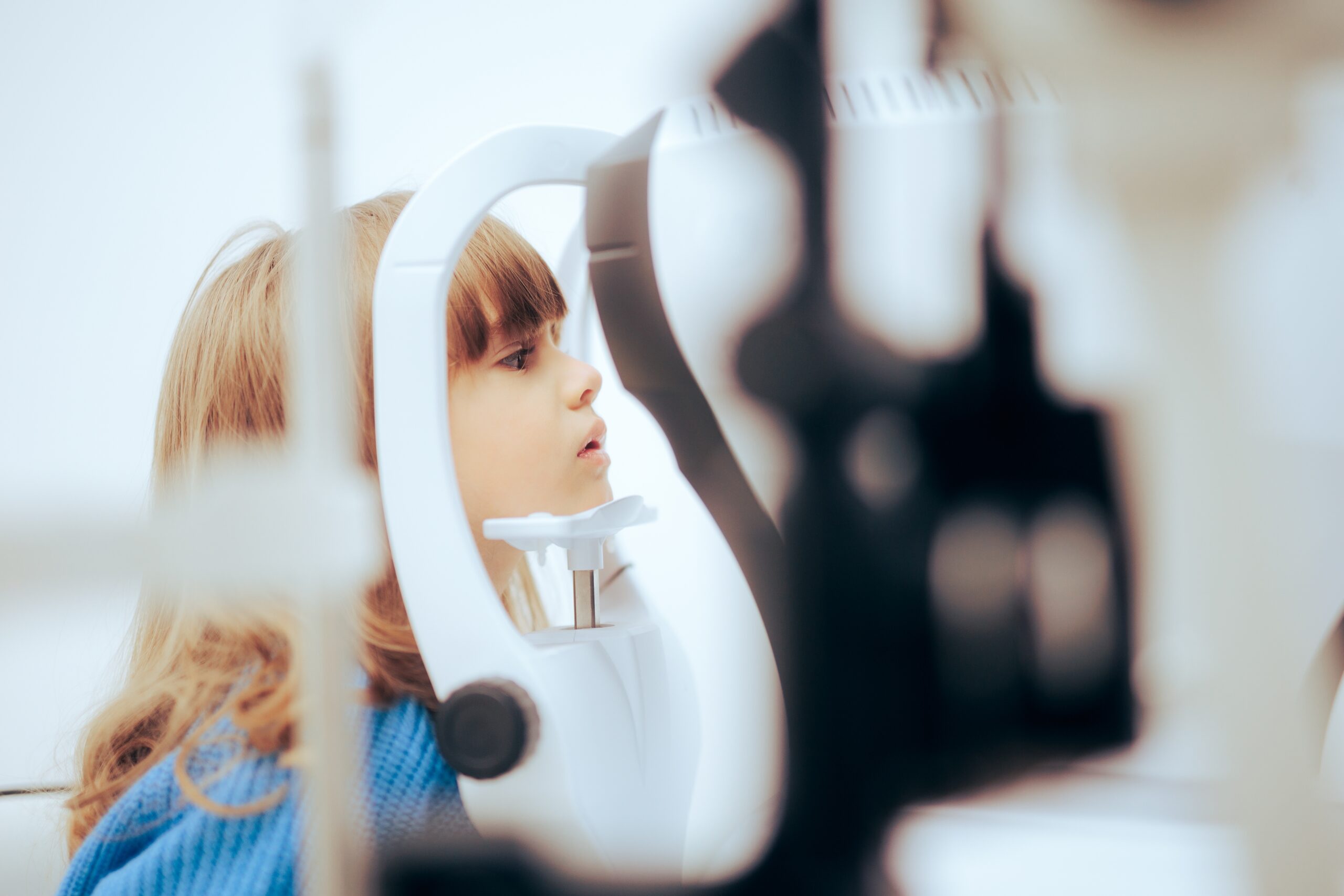
Treatment of myopia aims to correct vision to ensure the nearsighted person has a clear vision of objects. Spectacles, contact lenses, and refractive surgery are used to do that. However, these methods don’t cure nearsightedness but correct its symptoms. That’s why it is crucial to prevent the progression of myopia and its complications.
Prescription lenses are used to counteract your eye irregularities, making it possible for you to see clearly. Depending on an individual’s need, there are eyeglasses or contact lenses. Both of these methods of treatment can correct more than one refractive error. In myopia, your lens prescription is negative, for example, -2.00.
Refractive surgery is a surgery that can correct refractive errors, such as nearsightedness. There are several types![]() of refractive surgeries: some involve reshaping your cornea, and in others, a lens is implanted in your eye. However, the goal of all of these is the same – to make light focus directly on the retina rather than in front of it:
of refractive surgeries: some involve reshaping your cornea, and in others, a lens is implanted in your eye. However, the goal of all of these is the same – to make light focus directly on the retina rather than in front of it:
Having nearsightedness, especially severe, raises your chances of developing serious complications that may lead to permanent changes in your vision and even blindness.
Glaucoma is an eye disease that gradually destroys the optic nerve. The effect of this condition is limiting the field of vision and reducing visual acuity. Glaucoma is the second most common cause of blindness in developed countries after cataracts.
Aqueous humor (clear fluid in the front of your eye) is constantly produced in the eye and ensures its proper functioning, leaves the eyeball, and enters the bloodstream at the drainage angle. If fluid outflow is blocked, intraocular pressure increases, leading to increased pressure on the optic nerve. There are two types of glaucoma:
Myopia may increase the risk of developing glaucoma![]() . Glaucoma that occurs as a complication of nearsightedness is called open-angle glaucoma. This is because nearsighted people experience excessive pressure in the eye, which impairs the optic nerve and reduces the field of vision.
. Glaucoma that occurs as a complication of nearsightedness is called open-angle glaucoma. This is because nearsighted people experience excessive pressure in the eye, which impairs the optic nerve and reduces the field of vision.
There is excessive elongation of the eyeball, which is characteristic of this disease. The changes in the eyeball may cause ischemia, contributing to reduced blood flow in blood vessels and insufficient nourishment of the optic nerve and retina. As a result, irreversible glaucomatous changes, narrowing of the field of vision, and blindness may occur.
Situated on the eyeball's interior surface, you'll find a critical component known as the retina. It holds high value due to its main feature – photoreceptors that transform light stimuli into visual impressions. The cavity within our eyes is packed with something called a vitreous body, and it exhibits jelly-like properties while attaching itself to the retina.
Individuals with intense myopia stand vulnerable to retinal detachment — an instance where their retina detaches from their eye's rear end. People with myopia have longer eyeballs, which causes a stretch in the eye structures. Usually, retinal detachment happens when the vitreous body pulls the retina away. The detachment typically appears in the peripheral part of the retina but progresses quickly to cover its entire surface.
Retinal detachment![]() begins when the patient notices a dark curtain or shadow in front of the eye, indicating a loss in the visual field. The curtain is often formed in the peripheral areas of the vision field and tends to increase quickly. A patient with partial retinal detachment can still see well. However, the detachment may cover the entire area of the retina, and in such cases, vision quickly deteriorates.
begins when the patient notices a dark curtain or shadow in front of the eye, indicating a loss in the visual field. The curtain is often formed in the peripheral areas of the vision field and tends to increase quickly. A patient with partial retinal detachment can still see well. However, the detachment may cover the entire area of the retina, and in such cases, vision quickly deteriorates.
People with severe nearsightedness have been noted to have cataract surgeries more often![]() than healthy people.
than healthy people.
A cataract is a condition that concerns the lens. It leads to complete or partial clouding of the lens, which limits the visibility of objects and people.
A cataract is a disease that usually develops slowly so that it may cause no symptoms initially. The first symptoms of cataracts are primarily deterioration of vision and the impression that the world is behind fog. A sign of a developing cataract may also be a significant and rapid deterioration of vision and the need to buy glasses or replace lenses with stronger ones.
Fortunately, vision deterioration due to cataracts is potentially reversible – it can be treated surgically. The surgeon then makes an incision and uses a tool to remove and break the cloudy lens. Everything is done using ultrasonic waves. Then, the doctor implants an artificial lens.
The higher your myopia, the more significant the risk of macular degeneration. The risk also rises with age. Macular degeneration![]() is a disease that damages the macula of the retina, the place where the most precise, sharp vision is produced. This disease does not cause complete blindness but impairs central vision, which is needed for everyday activities like reading, writing, and recognizing faces or road signs.
is a disease that damages the macula of the retina, the place where the most precise, sharp vision is produced. This disease does not cause complete blindness but impairs central vision, which is needed for everyday activities like reading, writing, and recognizing faces or road signs.
Symptoms include:
Unfortunately, currently, there is no cure for myopic macular degeneration. There are, however, ways of preventing the progression of the disease, so it is crucial to contact an eye doctor as soon as you notice symptoms of vision deterioration. Experts estimate that due to the rising prevalence of nearsightedness, the macular degeneration associated with myopia will also happen more often.
Currently, there is no known way to prevent nearsightedness completely. However, there are some steps you can take to improve your eye health. These include:
If you experience any troubles with your vision, such as blurry vision, shadows, eyestrain, or are often squinting to see things clearly, you should see a specialist.
An ophthalmologist, also called an eye doctor, is a physician who specializes in the prevention, diagnosis, and treatment of eye diseases. Optometrists deal with the prevention, detailed measurements, and correction of vision defects using glasses, contact lenses, and other optical devices.
Table of Contents
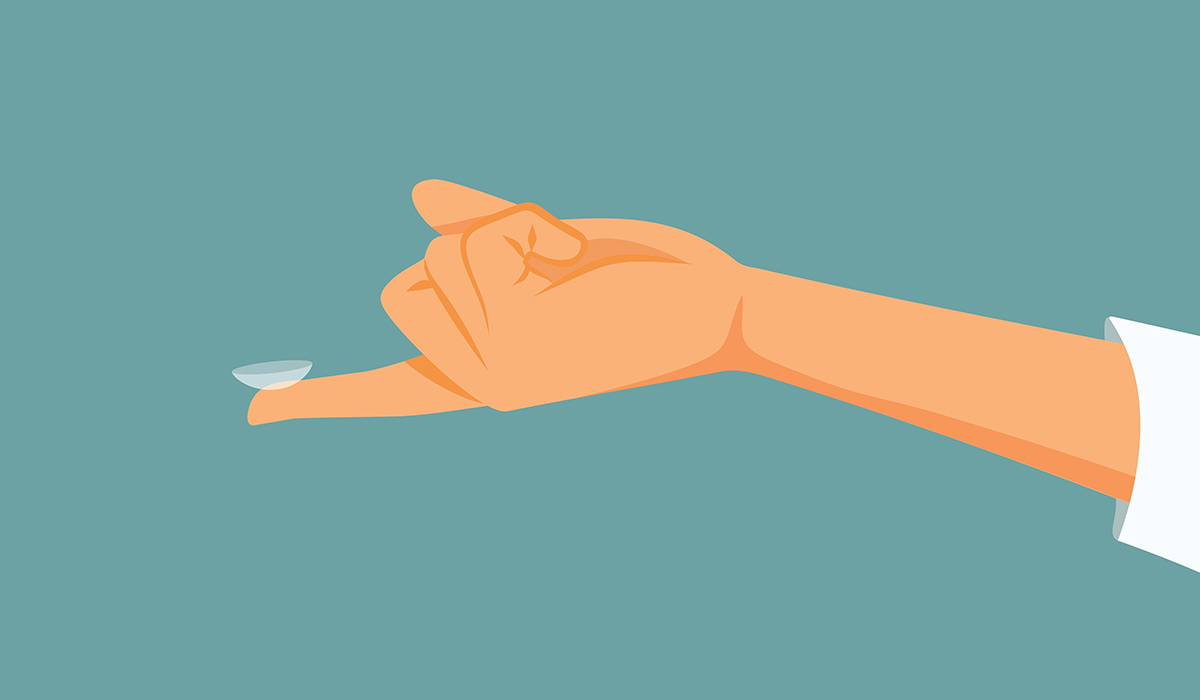
Contact lenses are small devices that bring many benefits. Learn about the pros and cons of various lenses. Know the… read more »
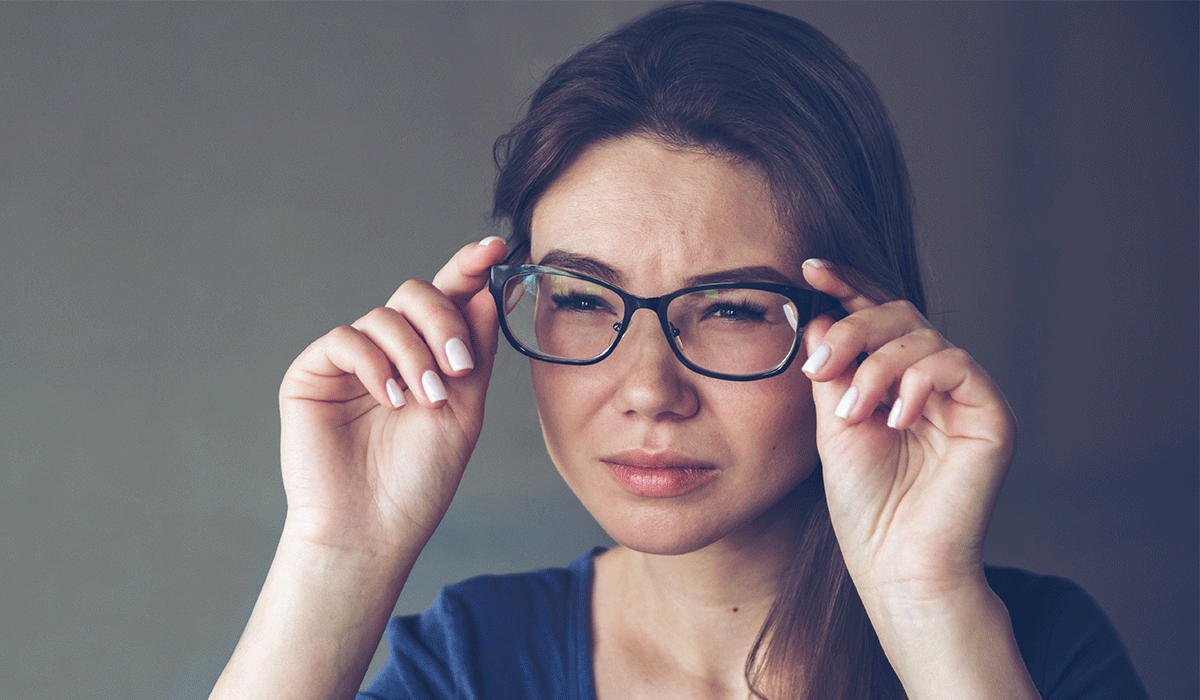
Astigmatism is one of the most common vision defects in the world. It causes blurred vision of objects both at… read more »

Blurry vision is a symptom that can indicate a minor eye condition, but also a systemic disease or cancer. Find… read more »

A cataract occurs when the natural eye lens becomes cloudy. The condition is most often associated with older age. When… read more »

An ophthalmologist is an eye doctor. They are trained to diagnose, treat, and manage eye and vision conditions. Each part… read more »
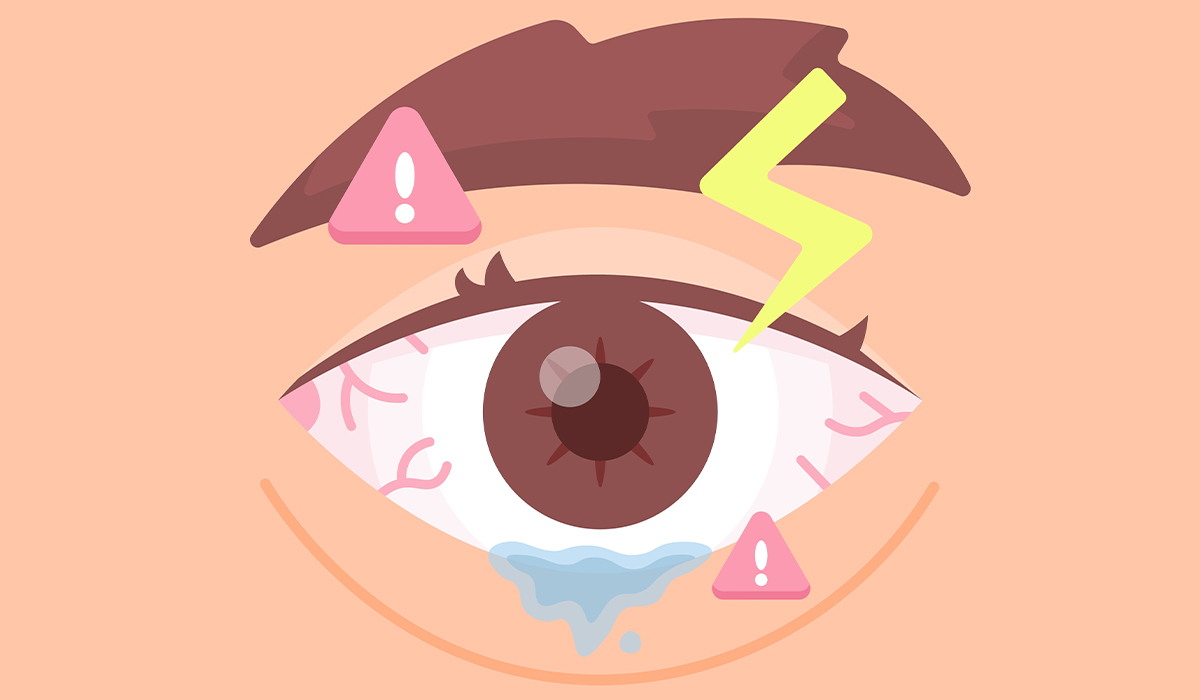
Eye infections are common conditions where an eye becomes red, itchy, and painful. What are the common causes? How is… read more »

Strabismus is an eye misalignment, a condition when eyes look in different directions. It can affect both children and adults.… read more »
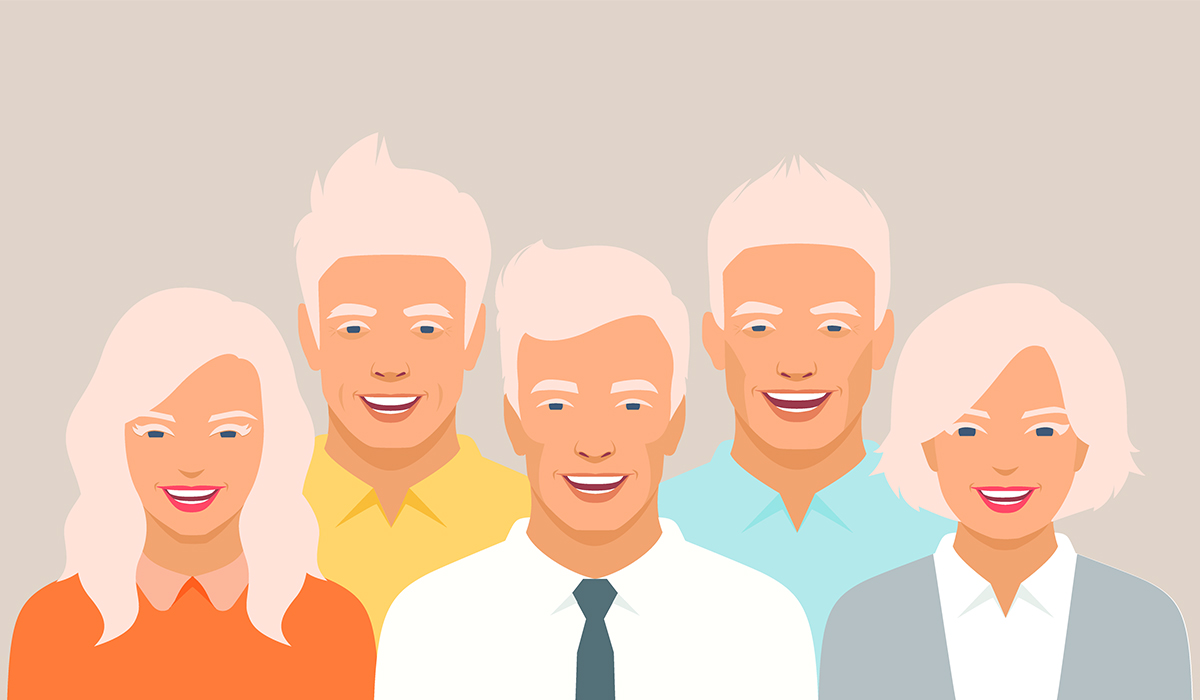
Albinism is a genetically determined disease. See how to spot the first signs of albinism. Learn about the risks associated… read more »
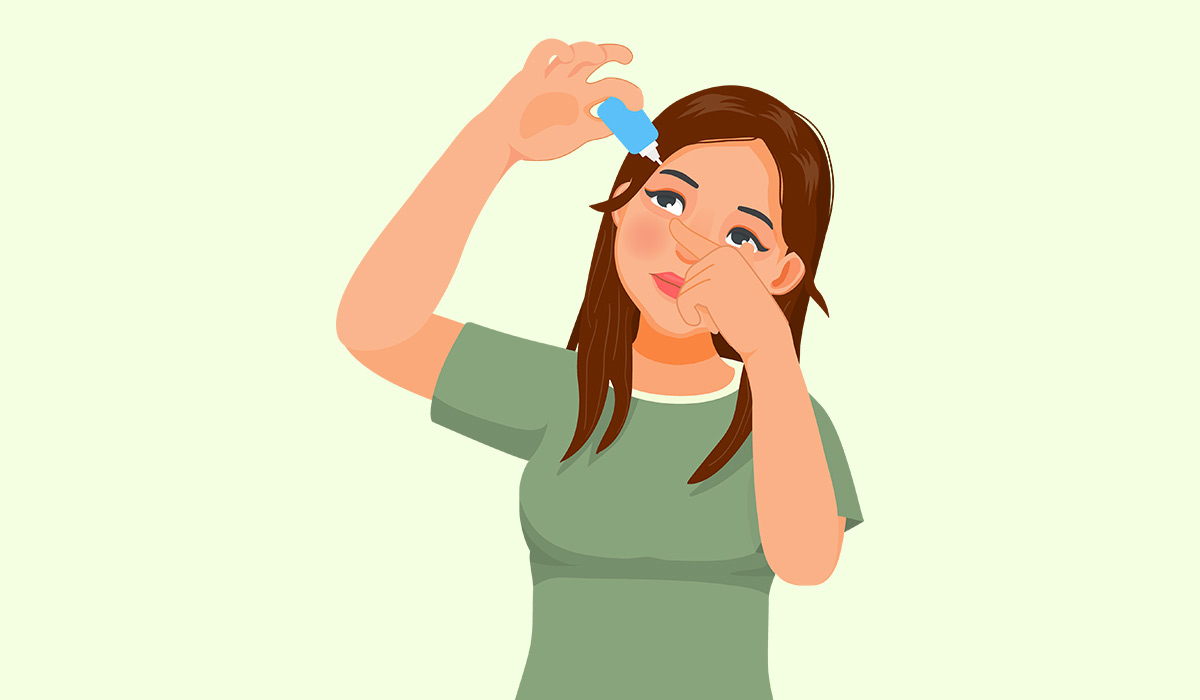
Eye drops are liquid medications designed to be applied directly into the eyes for various purposes. They are used to… read more »